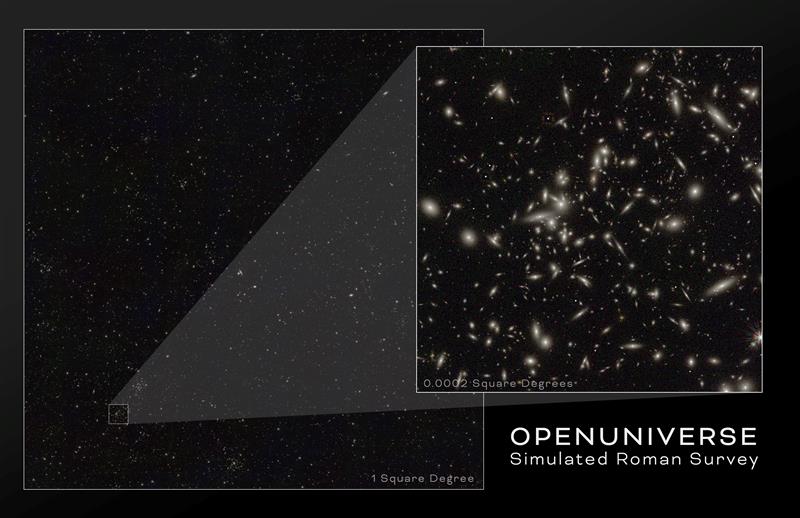3 min read
What is pi? We’re not talking about your favorite pastry with yummy fillings and a side of ice cream. Pi can be written as the Greek letter 𝞹 or the number 3.14159..., which goes on and on because pi is an irrational number. That doesn't mean it can't be reasoned with! It means this number can't be written as a simple fraction like ½.
Pi is perhaps most familiar as the ratio of a circle’s circumference (the distance around its edge) to its diameter (the distance across it). Pi will always be the same number, regardless of the size of the circle.
But did you know that pi is involved nearly anywhere you look? Here are some places you can find it in the universe around us!

Our Transiting Exoplanet Survey Satellite, TESS, watches slices of the sky in its hunt for worlds outside our solar system. How many exoplanets are in its night-sky pie? Using this data, TESS scientists created mosaics of the southern and northern skies. Since each awe-inspiring image is of one hemisphere (or half of a 3D circle), there will always be pi! And every slice contains something delicious for scientists to study.

Pi played a crucial role in discoveries about Alpha Draconis, a well-studied pair of stars. After these stars were seen to regularly eclipse each other, pi helped scientists learn more about them. Scientists detected the eclipses while monitoring TESS data of Alpha Draconis for periodic dips in its brightness that could’ve been caused by planets passing between the star and us. Instead of a planet, though, researchers found that its smaller partner in crime was passing in between us and the larger star for about six hours at a time!

Pi comes in handy as we learn more about these two stars. Knowing the percentage of the decrease in Alpha Draconis’ light and the formula for the area of a circle (A=𝞹r2 – or area equals pi times the square of the circle's radius), scientists can predict the sizes of both stars. Because stars typically orbit in an elliptical (or oval) shape, pi also helps scientists use the detection of these eclipses to figure out the orbits of the two stars!

So far, we’ve seen pi in many places, but it's also interesting to look at where pi can't be found! We mentioned earlier that many orbit calculations involve pi … but not all of them do. Pi does not factor into calculations of hyperbolic orbits – orbits that aren't complete, or don't return to where they started – the same way that it does with elliptical orbits. This is most commonly seen with comets. While many comets orbit normally in our solar system, some oddballs just pass through, like the interstellar visitor ‘Oumuamua that zipped through the solar system in 2017.

Perhaps the most popular place you may find pi is in the shape of a typical pie! While NASA’s Fermi Gamma-ray Space Telescope studies gamma-rays, and not blueberries, we think this cool Fermi pie is worth sharing for Pi Day!
Find more ways scientists look up at the night sky and use pi here. And now, don’t be irrational, and go have some pi(e)!







